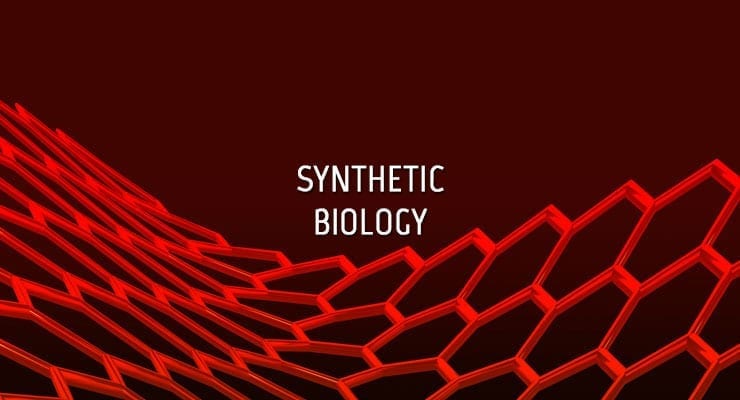A consortium of UK research and development organizations is seeking proposals that explore synthetic biology applications for protective materials.
Total funding of up to £2.5M (3.9M USD) is available, with the anticipation that four or five research projects will be supported for up to three years in duration.
The Engineering and Physical Sciences Research Council (EPSRC), Defence Science and Technology Laboratory (Dstl) and the Biotechnology and Biological Sciences Research Council (BBSRC) are leading the effort.
The funding is available to support cutting-edge, novel academic research on new applications for synthetic biology with regard to protective materials. Proposals will be assessed through external peer review followed by a panel meeting.
The overall aim is to expand research capability in the area of synthetic biology around the central challenge of creating materials with a protective benefit for people, platforms (e.g. vehicles) and equipment.
Example development areas include:
- Novel camouflage solutions, including active or reactive color change materials, variable emissivity surfaces and very high performance acoustic absorbers
- Self-cleaning or decontaminating coatings, including anti-fouling and corrosion resistance of maritime platforms
- Wear resistant and self-repairing coatings suitable for helicopter rotor blades operating in sand/dust/rain/snow environments: coating needs to be very thin, low mass, relatively easy to apply, repairable in the field, and easy to remove without damaging substrate
- Multi-function materials, e.g. materials that provide light weight structures and can be used as an energy store
- Functionalized material e.g. self-disclosing for fatigue and corrosion, non-visible damage
- Adhesives able to respond to changes of pressure in maritime environments e.g. to attach panels to submarine surfaces
Applicants must complete the Intent to Submit survey by August 28, 2015. The deadline for full proposals is October 1, 2015. Further details are available here at the BBSRC website.



